The city of Wels
was already settled by the Romans as Ovilana and surrounded by a city wall. In the 11th century Wels belonged to the Lambach monastery and thus to the diocese of Würzburg. Through a contract of inheritance, Wels came into the possession of the Babenbergs in 1192 and in the 13th century to the Habsburgs. The Habsburgs doubled the size of the town and the present town square was created.

Town square with Lederer Tower
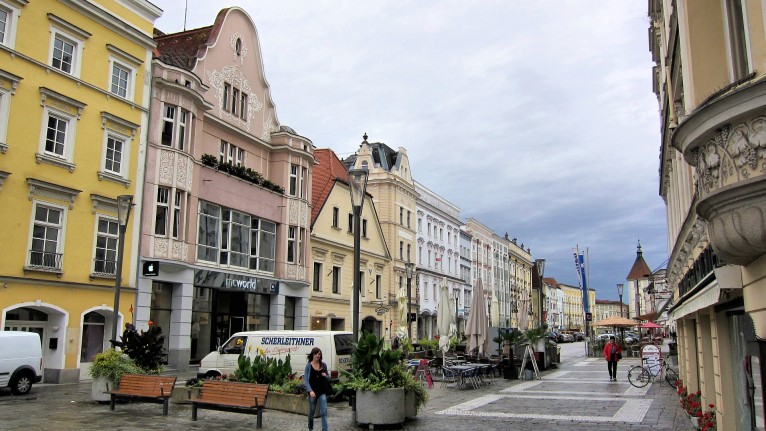

Houses on the town square

Arcade court in the house
Town square 34

House of Salome Alt, life companion and lover of the prince archbishop of Salzburg Wolf Dietrich von Raitenau
The castle in Wels

Emperor Maximilian I. liked to stay in Wels because he had a hunting lodge nearby. He had the castle extended in the 16th century and gave the town some privileges. In 1514 the town hall was rebuilt.
In 1519 the emperor died in the castle of Wels. He was buried in Wiener Neustadt.
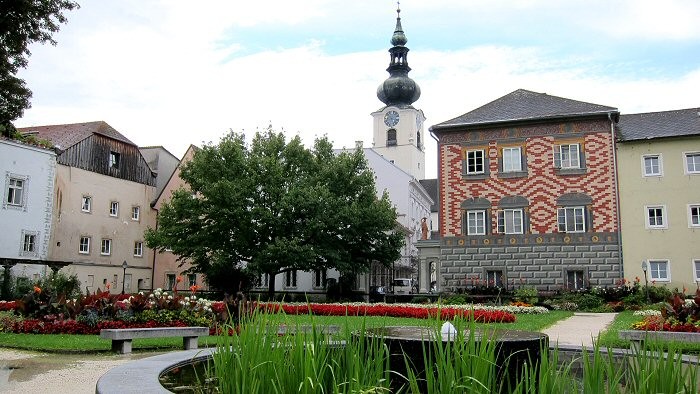
View from the castle garden to the house of Salome Alt and the parish church.
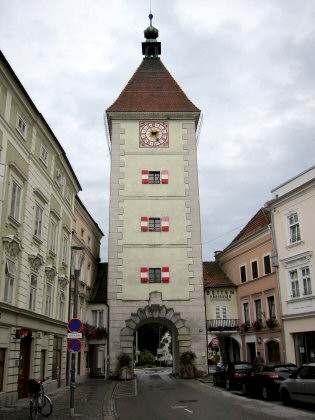
At the southern end of the town square is the Lederer Tower. From outside (picture below) you can see the course of the original city wall.

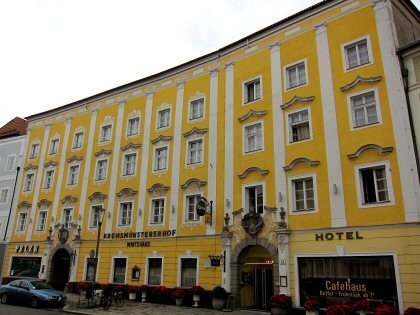
The Kremsmünsterhof (Renaissance building on the city square) served us as pilgrims' accommodation.
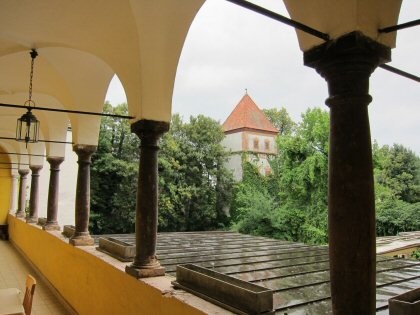
From the arcades of the courtyard you can see the water tower, built around 1577, which stored water drawn from the Mühlbach (mill brook), which was distributed throughout the city through a system of pipes.
Unfortunately, in the city information office of Wels they did not know about a pilgrim's stamp. I'm sure it's there in a drawer.

